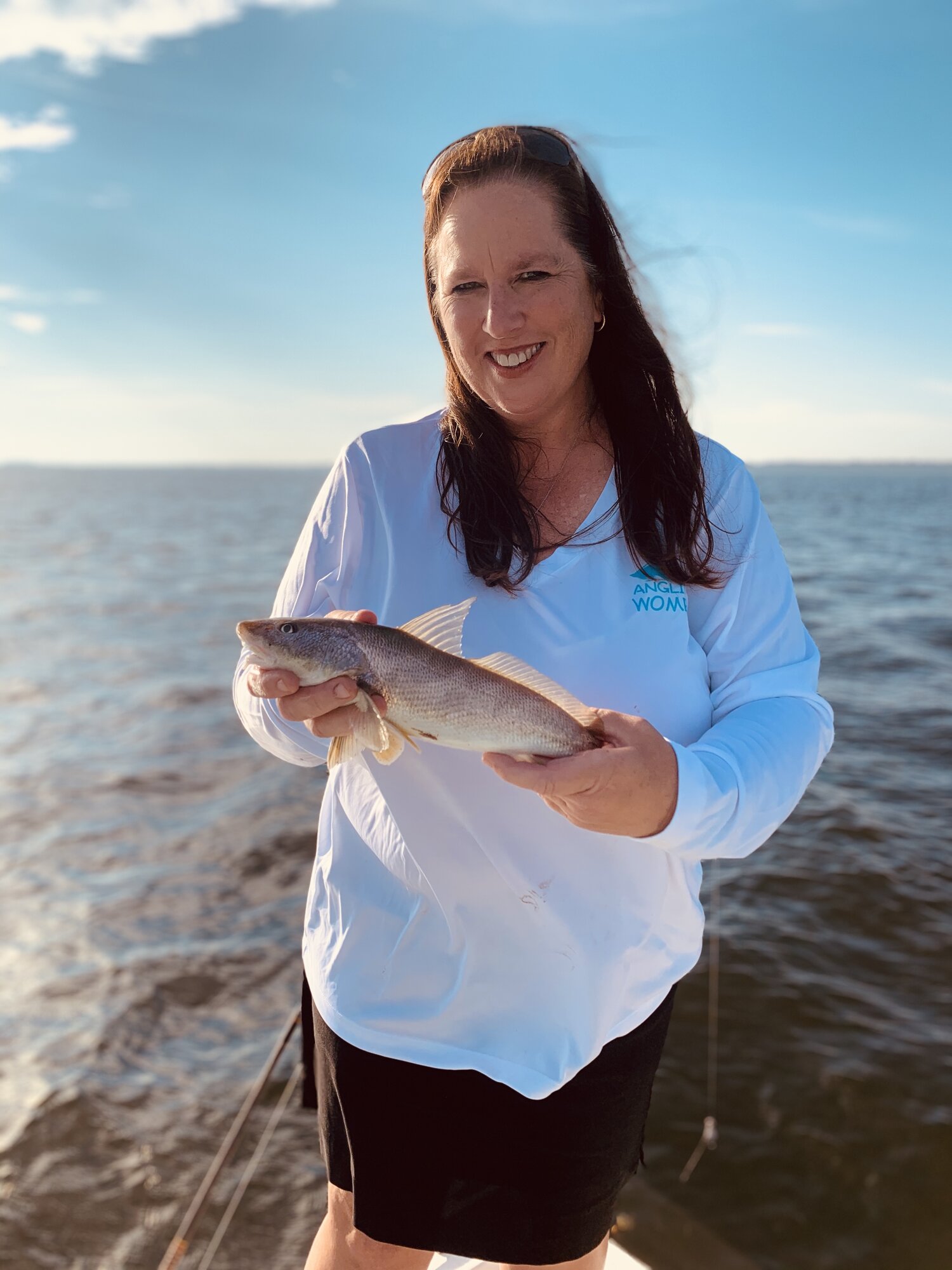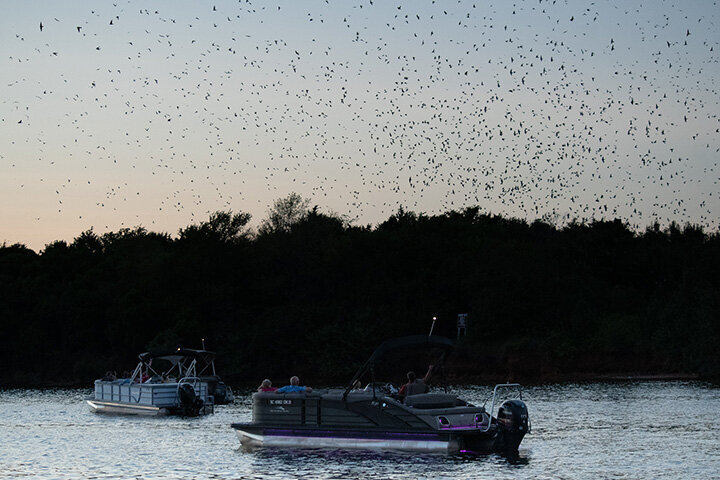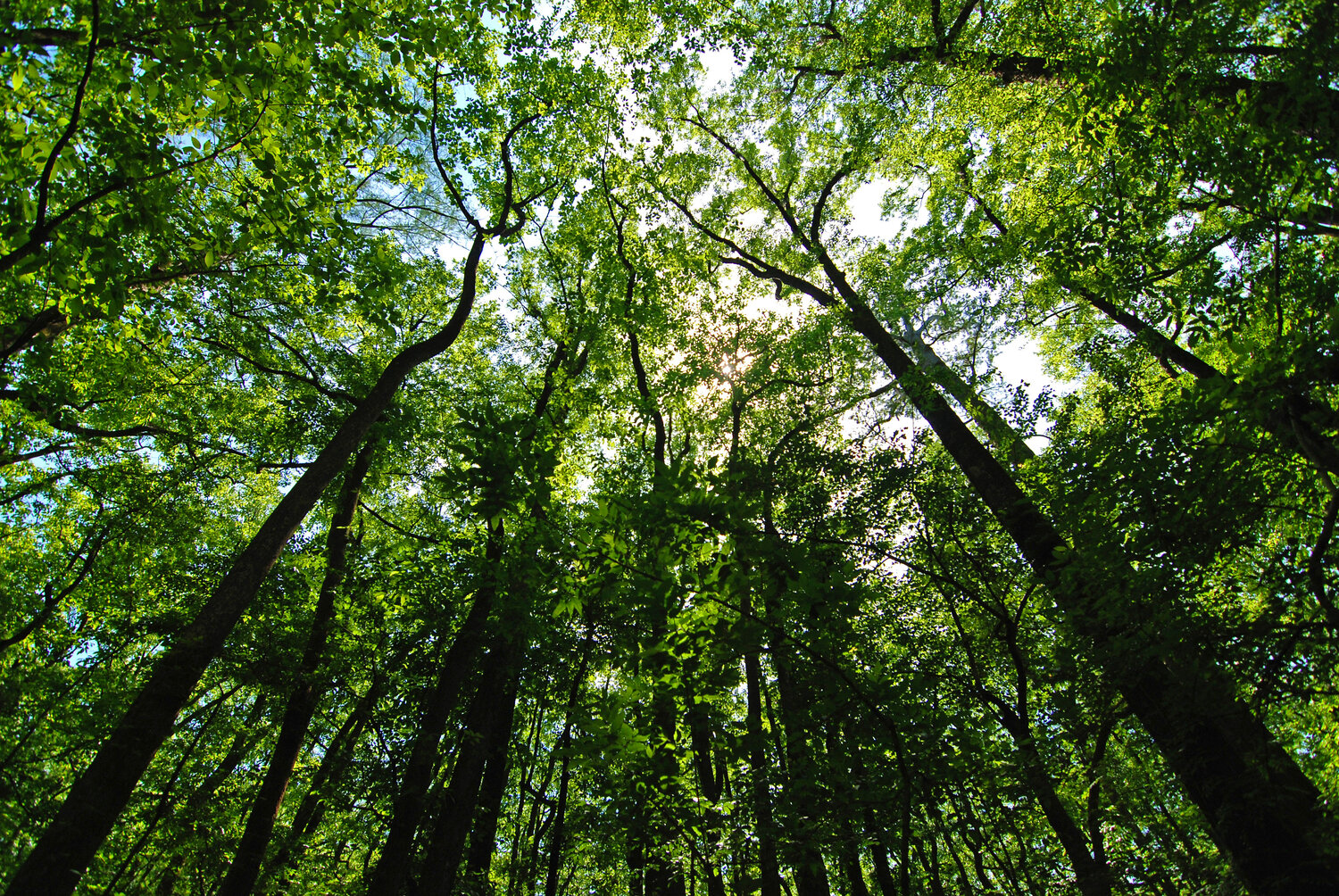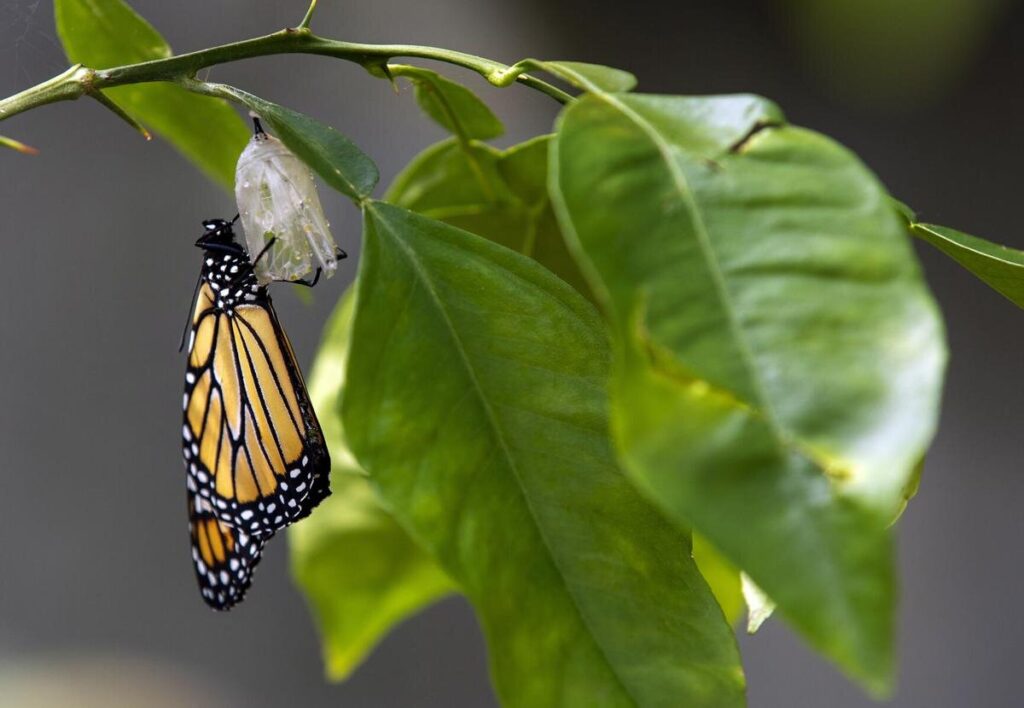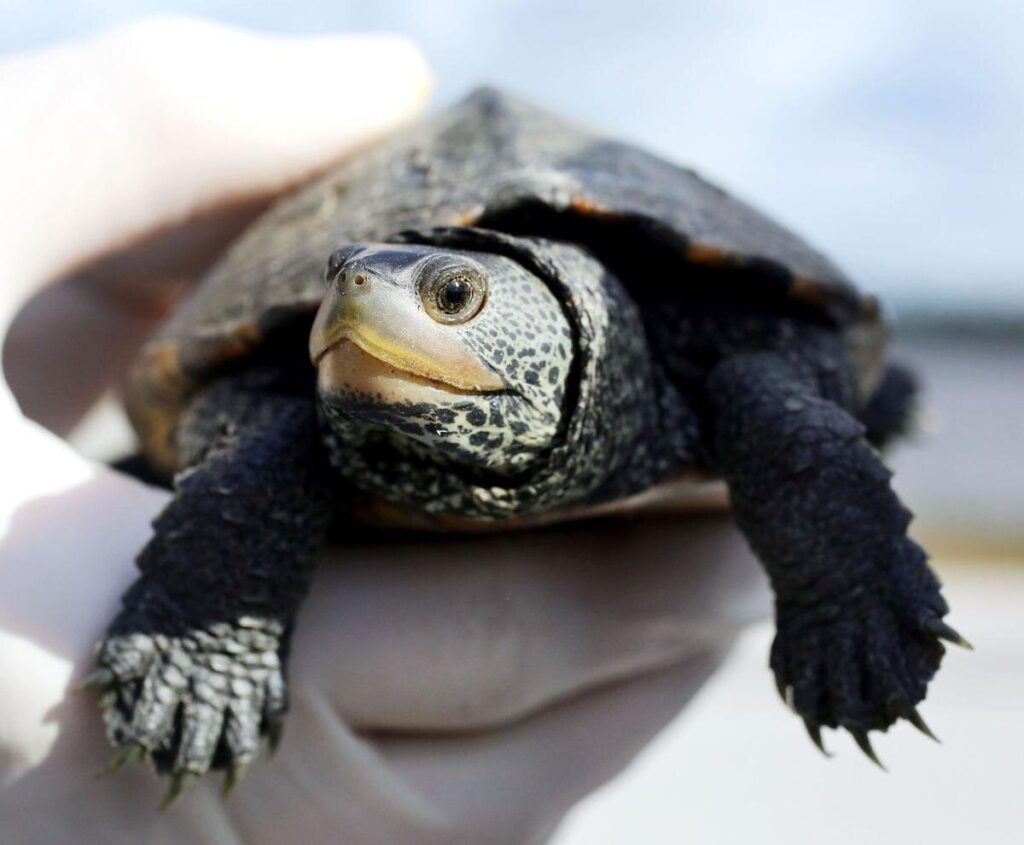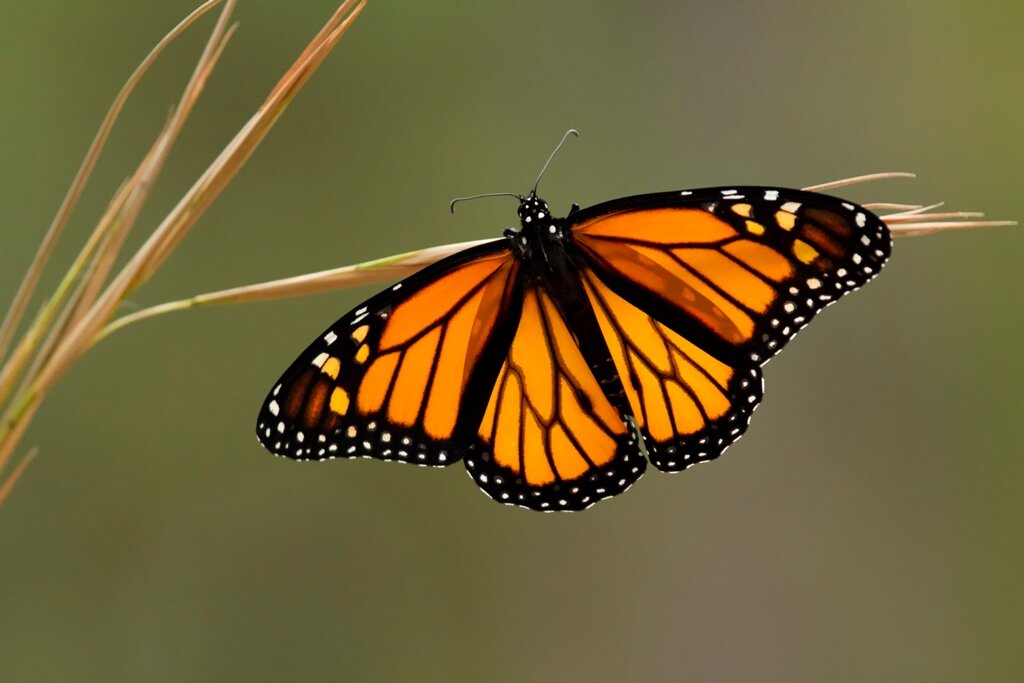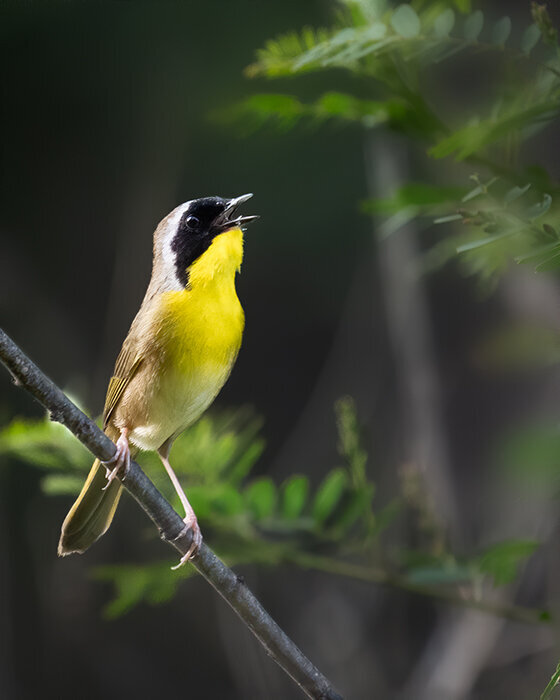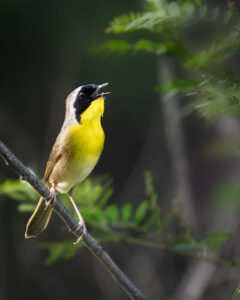
SCCL Board Secretary Cynthia Rudolph holds the Community Wildlife Habitat Certification certificate presented by Sara Green, executive director of the S.C. Wildlife Federation. From left are Dianne Abel, Michelle Evans, Terry Graham, Rudolph and Green.
Published Tuesday, September 7, 2021 at 6:30 pm by Carolina Gateway
Community receives national honor
by Melanie Aves
Sun City Carolina Lakes (SCCL), an active adult community in Indian Land, achieved Community Wildlife Habitat Certification this summer from the National Wildlife Federation and the S.C. Wildlife Federation.
The Mums and Poppies Garden Keepers, which spearheaded the certification project, celebrated the honor July 13 at the Lodge in Sun City with a lunchtime event attended by over 100 people. Sara Green, S.C. Wildlife Federation executive director, presented a framed certificate to Cynthia Rudolph, SCCL board secretary, along with a sign for the Carolina Fence Garden.
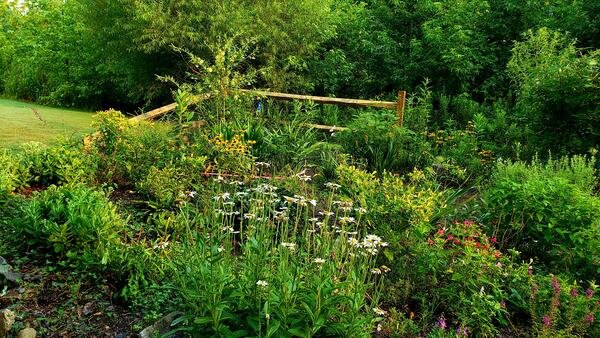
Carolina Fence Garden at Sun City Carolina Lakes.
The milestone came after two years of education, outreach and advocacy. Homeowners were encouraged to garden and landscape with local wildlife in mind by providing key survival elements – food, water, cover and places to raise their young. Wildlife gardens also emphasize the use of native plants and the elimination of toxic chemicals. More than 200 homes in SCCL earned Gardens for Wildlife certification by the national and state wildlife federations.
“We are so delighted by the community support we’ve received for our project,” said Dianne Abel, community wildlife habitat coordinator for Mums and Poppies. “Certification is a big honor, but it is not permanent. We have to maintain and add to what we’ve accomplished so we can be re-certified each year.”

Judith Quick oversees one of the butterfly pollinator gardens.
Michelle Evans, executive director of the Katawba Land Trust, was a guest speaker at the celebration. She described the land trust’s role in securing a broad easement along the Catawba River that runs the entire length of the SCCL property. This swath of land preserves a habitat for native plants and wildlife that might otherwise be destroyed by development. Lancaster County Councilman Terry Graham, a conservationist and owner of Ivy Place, also spoke at the ceremony. KVLT holds an easement on his property along the Catawba River also.
Photos of the wildlife that share the SCCL natural habitats were on display by naturalist Tom Chriske.
Support from area businesses was recognized. Elaine Mobley, owner of Wild Birds Unlimited, consulted with the group on appropriate bird habitats and donated a wren house for a garden.

Refreshments included tea and homemade cookies from Ann Oswald and the Tailgaters Food Truck offered sloppy joes, baked beans and potato salad.
Additional credit for certification came from the creation of four butterfly and pollinator gardens, the establishment of a certified monarch waystation through Monarch Watch, and the recent construction of a Carolina fence garden.
Club member Peggy Jackson took charge of the raising, tagging and releasing of 75 monarch butterflies this past spring.
In 2020, the total release in the spring and fall was over 200. Jackson has been dubbed “butterfly mama” by her friends. “You never know exactly when each chrysalis will break open,” she said, “but it’s always exciting.”
Peggy Jackson prepares to release her newborn monarch butterflies.

The Schweinitz sunflower, an endangered species, is being re-introduced to local gardens.
Elaine Adkins, owner of Griff’s Greenhouse and Nursery, which was recently added to the S.C. Native Plant Society’s list of native plant nurseries, advised the SCCL group on indigenous plants and raised some hard-to-find native species to provide seeds for local gardeners. As they learned about native plants, the Mums and Poppies group worked to successfully re-introduce the Schweinitz sunflower, an endangered species found only in the Carolina Piedmont, to local gardens.
Mums and Poppies initiated a collection process for filmy plastic and managed to amass 5,000 pounds of it to be recycled in exchange for 10 Trex garden benches to place along trails and gardens. Several other SCCL clubs have joined the recycling effort to earn benches.
Abel said the Mums and Poppies will not be resting on their laurels.
“We’re already planning to create notecards featuring photographs of our garden projects,” she said. “Won’t that be fun?”
Published Tuesday, September 7, 2021 at 6:30 pm by Carolina Gateway
